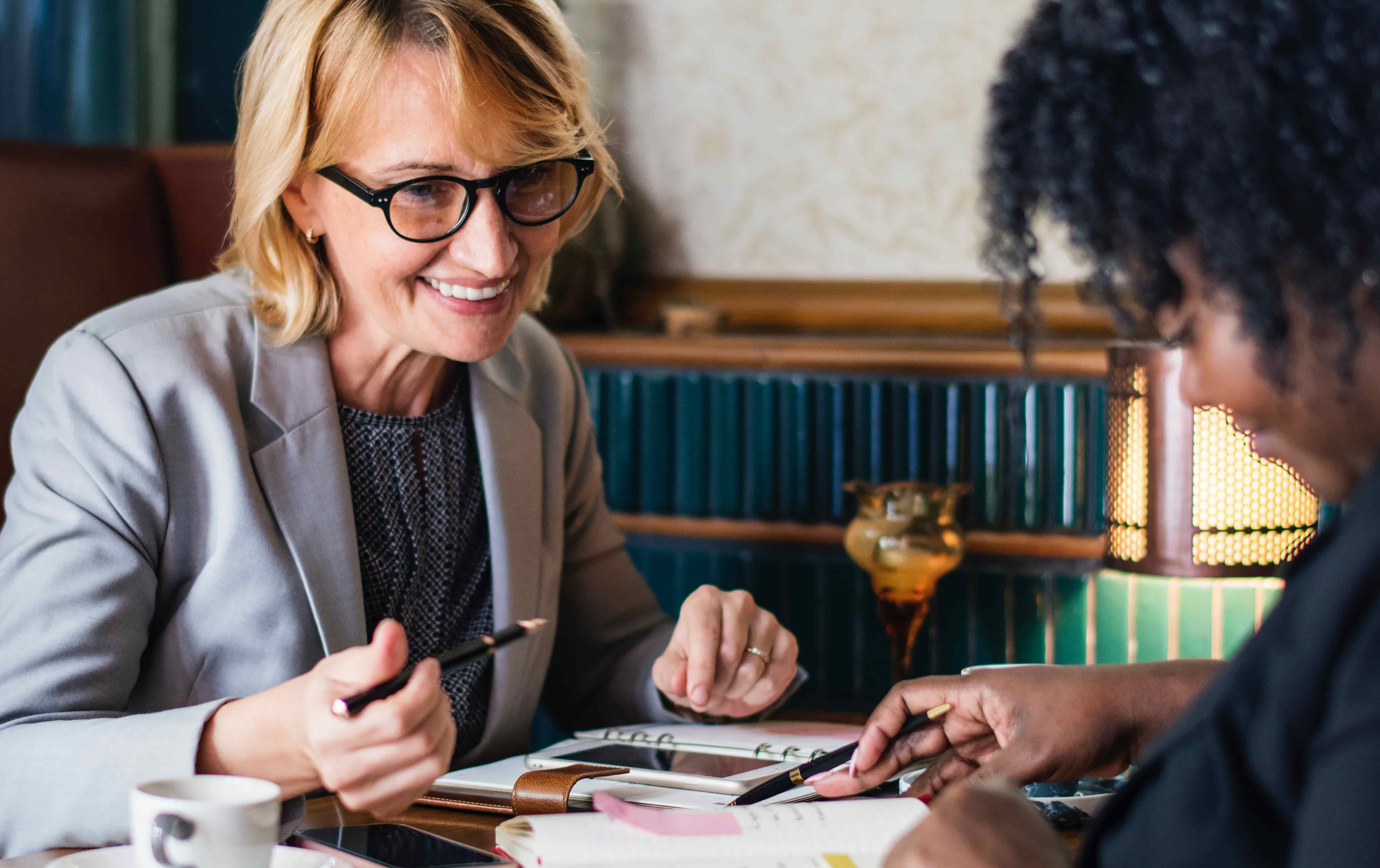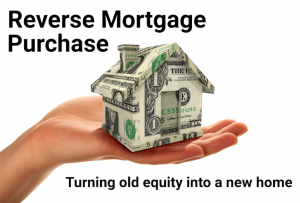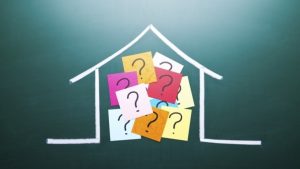How Do You Pay Back a Reverse Mortgage?
Page Contents
This is a good question because many people have the misconception that a reverse mortgage is not paid off and the bank or lender simply takes over the property. So how do you pay back a reverse mortgage? The reality is the bank does not take over the property and a reverse mortgage must be paid back like any other mortgage or loan. WHEN and HOW it gets paid back are the major factors that distinguish it from other loans. Those two words, “when and how” are what makes a reverse mortgage unique in the mortgage world.
How Is a Reverse Mortgage Paid Back?
Unlike most loans secured by real property, a reverse mortgage is paid back ALL AT ONCE. That means, there are no mortgage payments, monthly or otherwise, in between the time when the loan is originally secured in escrow until the very end when the loan is paid back in full all at once. If you understand that, you understand how a reverse mortgage works. No payments, however, and this is important, DOES NOT MEAN that interest is not accruing every month. It most certainly is. It simply means that the borrower is not obligated to make payments as interest is accruing over time. Hence, if you get a reverse mortgage, your loan is:
(1) accruing interest
(2) the balance of the loan is rising ( it goes up instead of down, i.e., reverse)
(3) at some later point the principle plus interest must be paid off in full all at once. When that one and final payoff happens, the lender issues a reconveyence and no longer has any interest in the property. All rights revert back to the title holders or owners. This is the “how” part.
When is a Reverse Mortgage Paid Back?
The first is the owner of the property (the borrower) decides to sell the property and move somewhere else. If that happens, the reverse loan — including the accrued interest over time — is paid back during the sale of the property in escrow. Sound familiar? It should be because this is how most mortgages are paid off. You sell your house and you pay back the bank.
The second scenario, and what is usually the case with a reverse mortgage, is that next of kin pay off the loan after the borrower dies. The sequence being: The borrower dies, the property reverts to the next of kin, and next of kin pays the lender. The loan is secured by the government, and the government allows next of kin six months to one year to do this — pay back the loan in its entirety, principle plus interest.
Final Thoughts
It’s been our experience here at Reverse Your Mortgage that family members typically do this when they have to pay pack a reverse mortgage– unless they have the cash available. Usually they refinance the house with a traditional mortgage and keep the house for their own means, or they sell the house and with the proceeds of the sale pay back the lender and keep what’s left for themselves. Here at Reverse Your Mortgage we are always available to assist and support the relatives of our clients when these situations arise.

Samantha has been helping folks with their reverse mortgages for over 20 years. If you have any questions about our financial services, including whether or not a reverse mortgage is right for you, then please contact us today.




